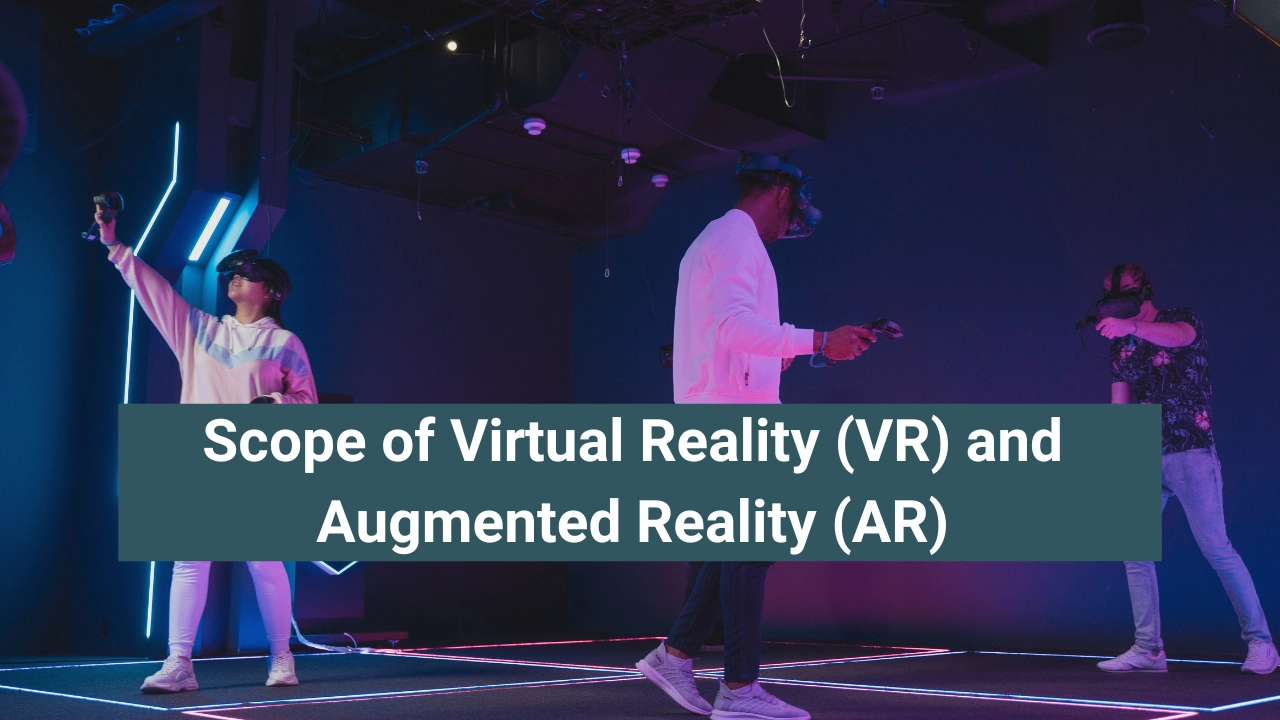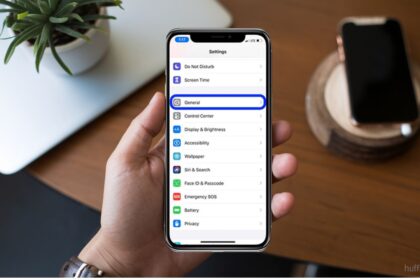Virtual Reality (VR) and Augmented Reality (AR) have come a long way since their inception and are currently being used in a variety of fields, including gaming, education, healthcare, and engineering. The future of VR and AR is promising, with new advancements in hardware and software expected to make these technologies even more accessible and user-friendly. Here are some potential future applications for VR and AR:
Virtual and Augmented Reality in Healthcare
VR and AR have already found their way into the healthcare industry, with applications such as surgical training, patient education, and pain management. In the future, these technologies could be used to improve the accuracy of medical diagnoses, provide remote healthcare services, and help patients manage chronic illnesses.
VR and AR in Education
VR and AR have the potential to transform the way students learn and interact with educational content. Future applications could include virtual classrooms, immersive language learning, and interactive educational games that allow students to explore complex concepts in a hands-on way.
VR and AR in Marketing and Advertising
Marketers and advertisers are already using AR to create interactive experiences for customers, such as virtual try-ons and product demos. In the future, VR and AR could be used to create fully immersive shopping experiences and personalized advertising campaigns.
VR and AR in the Automotive Industry
The automotive industry is already using VR and AR to improve design processes and create virtual test drives. In the future, these technologies could be used to improve vehicle safety and create fully autonomous driving experiences.
VR and AR in Architecture and Engineering
VR and AR are already being used in architecture and engineering to create 3D models and simulate building designs. In the future, these technologies could be used to create fully immersive virtual walkthroughs and allow engineers to test designs in a virtual environment before they are built.
VR and AR in Entertainment
VR and AR are already being used to create immersive gaming experiences, but in the future, these technologies could be used to create fully immersive movie experiences and interactive theme park rides.
Overall, the future of VR and AR is bright, with new applications and advancements in technology expected to transform the way we interact with digital content. As these technologies become more accessible and user-friendly, it is likely that we will see an even greater impact in fields such as healthcare, education, marketing, automotive, and entertainment.


























